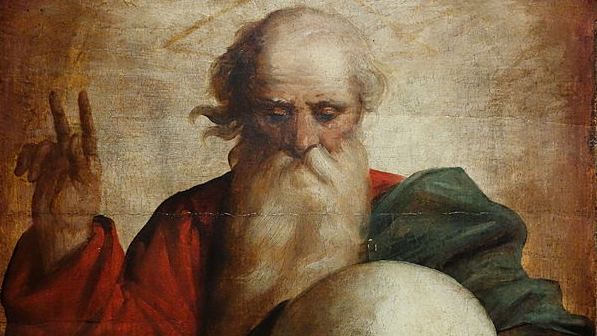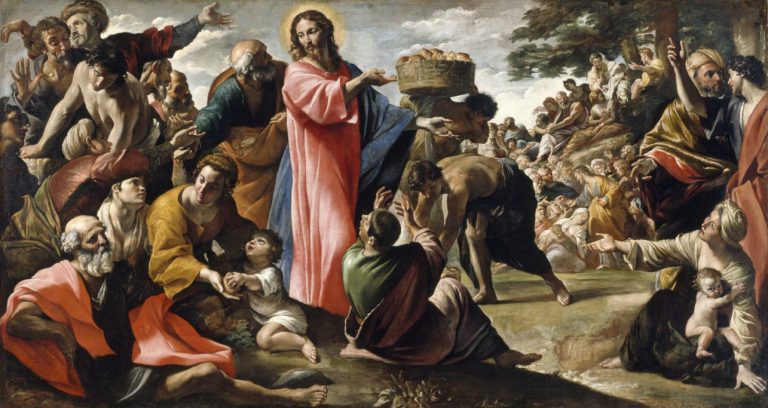Was Constantine’s Baptism Valid?
The ancient Arians were early Victims of Protestantism. They followed a man named Arius, a former Catholic priest who began denying the divine equality of the Three Persons of the Holy Trinity.
The Arian Rejection of the Trinity
Arius taught that God the Son was not equal to God the Father. This denial of the Trinity became the foundation of his heresy. Arius and his supporters—many of whom were once Catholic priests—openly rejected the Church’s teaching that the Father, the Son, and the Holy Spirit are Three Divine Persons in One God.
Among these heretical followers was Eusebius, an Arian bishop who persuaded Emperor Constantine to adopt his views. As history unfolded, Constantine chose to be baptized by Eusebius on his deathbed.
Trinitarian doctrine is a cornerstone of Catholic belief, and to reject it is to step outside the Faith. The Catechism states: “The mystery of the Most Holy Trinity is the central mystery of Christian faith and life.” (CCC 234).
What Makes a Baptism Valid?
According to the Catechism of the Catholic Church, a valid baptism must meet three conditions:
- Proper Form: The words must be: “I baptize you in the name of the Father, and of the Son, and of the Holy Spirit.” (CCC 1239, 1256)
- Proper Matter: Water must be used (CCC 1239–1240).
- Proper Intent: The minister must intend to do what the Church does when baptizing (CCC 1256).
Even a non-Christian can baptize validly if these criteria are met. However, if the minister rejects the Trinity or changes the formula (such as using “Creator, Redeemer, and Sanctifier”), the baptism is invalid.
The Church clarifies: “Anyone, even a non-baptized person, can baptize, if he has the required intention.” (CCC 1256)
What About Constantine?
If Eusebius used the correct words and intended to do what the Church does despite being an Arian then Constantine’s baptism may have been valid.
Arius and his followers knowingly distorted the faith, especially the central truth of the Trinity.
Arians and the Spread of Heresy
Following Constantine’s death, Arianism spread rapidly. Entire tribes the Goths, Lombards, and others abandoned Catholic teaching for Arian beliefs. The heresy spread political power and confusion.
Yet, through God’s providence, Catholic missionaries worked for generations to bring these peoples back to the Truth. In 587, King Reccared of the Visigoths led his people back into full communion with the Catholic Church.
History shows us how easily the Faith can be corrupted when men substitute their own ideas for divine revelation.
The Unchanging Truth of the Trinity
Despite every generation’s heresies, the Catholic Church holds firm to the revealed truth of the Holy Trinity. Scripture warns us: “The dog returns to its vomit, and the sow that was washed returns to wallowing in the mire.” (2 Peter 2:22, parenthetical commentary: a warning against falling back into heresy)
This mirrors the sad return of many to false doctrines, just as Arius rejected the Faith he once professed.
We are reminded that Catholic priests who upheld the truth suffered much to preserve it. The Church never canonized Eusebius. He is not “Saint Eusebius,” and it is not difficult to see why.








